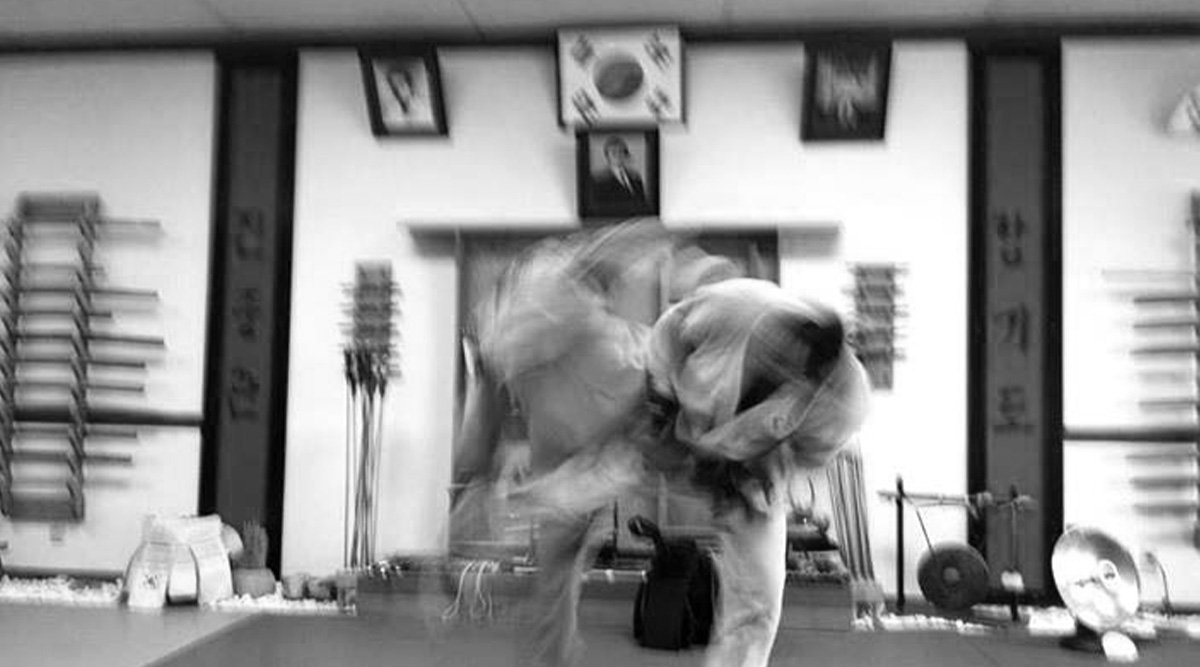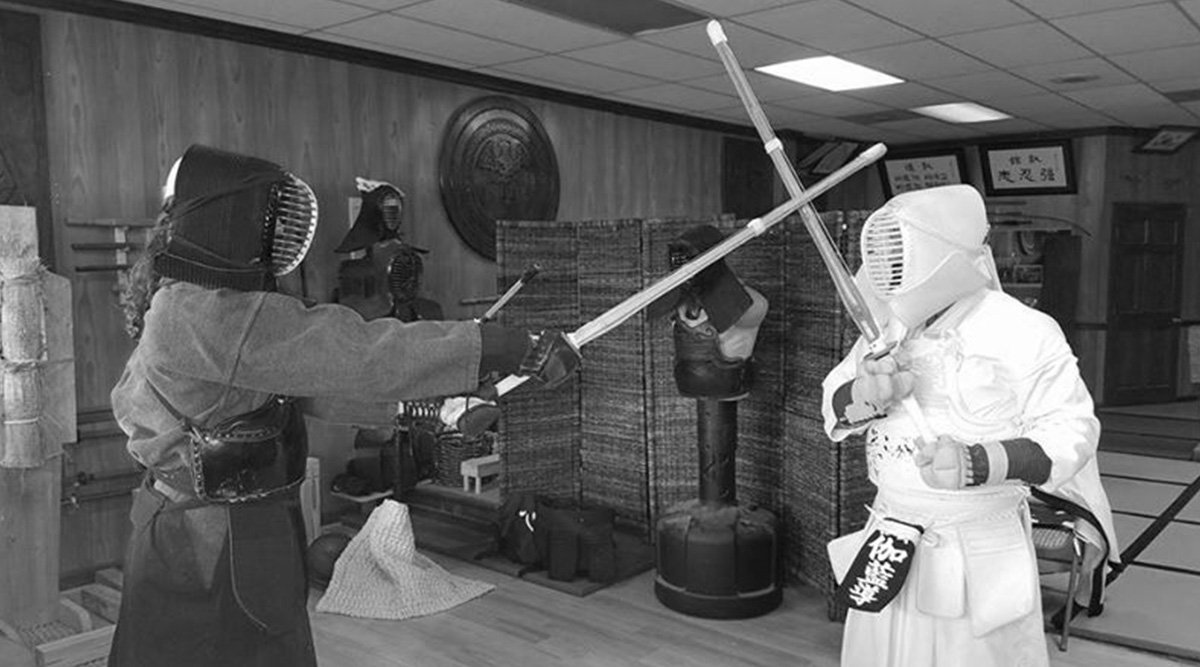Nashville Swordsmanship Training
I Found Swordsmanship Training Near Me By Accident...
I was driving to my home in West Nashville, coming back from a rehearsal one day in mid-2008, and had this feeling like I needed to push myself in a different direction, like I wasn't challenging myself enough with physical fitness, focus, and discipline.
I felt like I was getting kind of stagnant.
My mind was wandering as I came down a hill and around a corner and noticed a sign that said "Hapkido" on it. Instinctively I pulled into the parking lot and got out, and walked up to the front door, which said "enter by appointment only".
There was a class going on, so I peeked my head in. The teacher saw me right away, came over, and asked me one simple question...
"What Are You Looking For?"
I answered right away, and the next day, I was on the mat training.
If someone asked you the same question, what would you say?
Transferring Historical Fencing to Hand to Hand Fighting
In the classical Asian systems, sport based training overlaps with combat training. This is also true for historical European martial arts, or what is often referred to as "historical fencing".
Students of traditional systems are taught to go past the blade and use the patterns they've learned in class to guide and shape hand techniques, joint locks, leverage, footwork, and timing.
Weapons are called "arms" for a reason
This is true whether you're using a German longsword, a French rapier, a Japanese katana, or any other kind of edged weapon.
Swords are extensions of our hands, arms, balance, will, and spirit. A sword fight is more than just hitting weapons against each other, it's a battle of wills, of spirits, and of intellects.
A Traditional Training Context For Swordsmanship
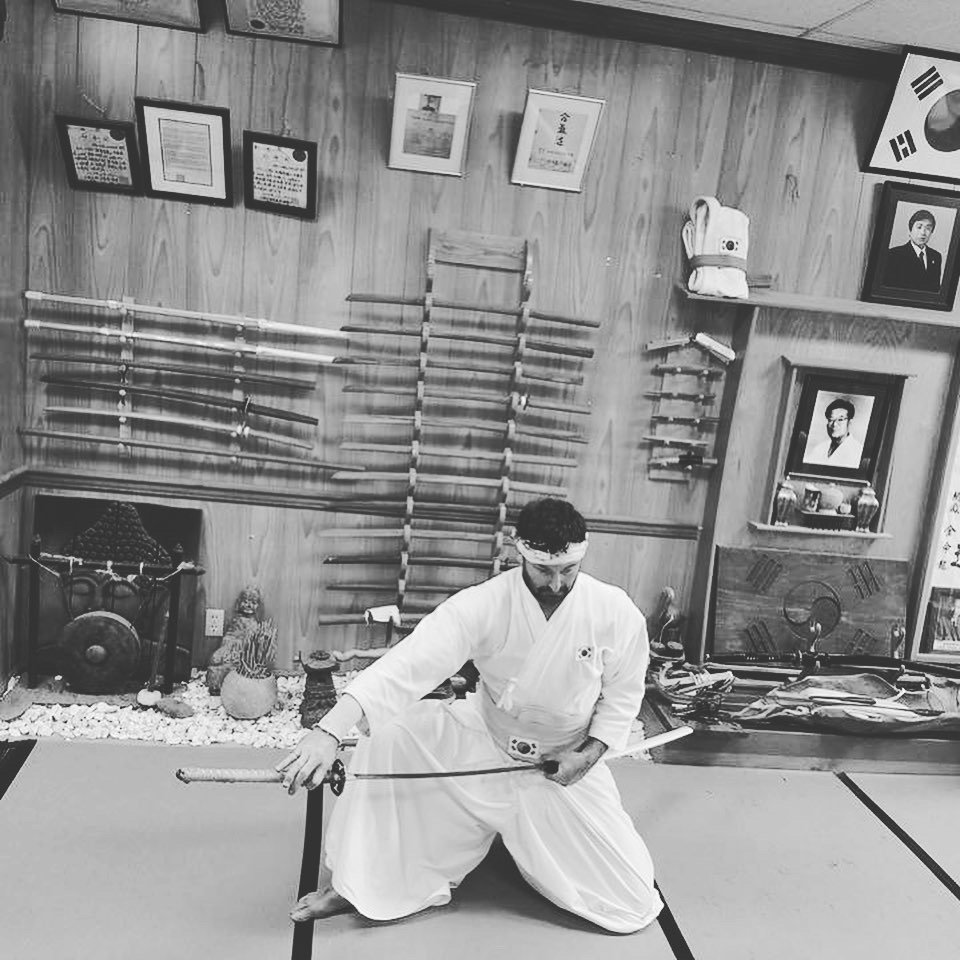
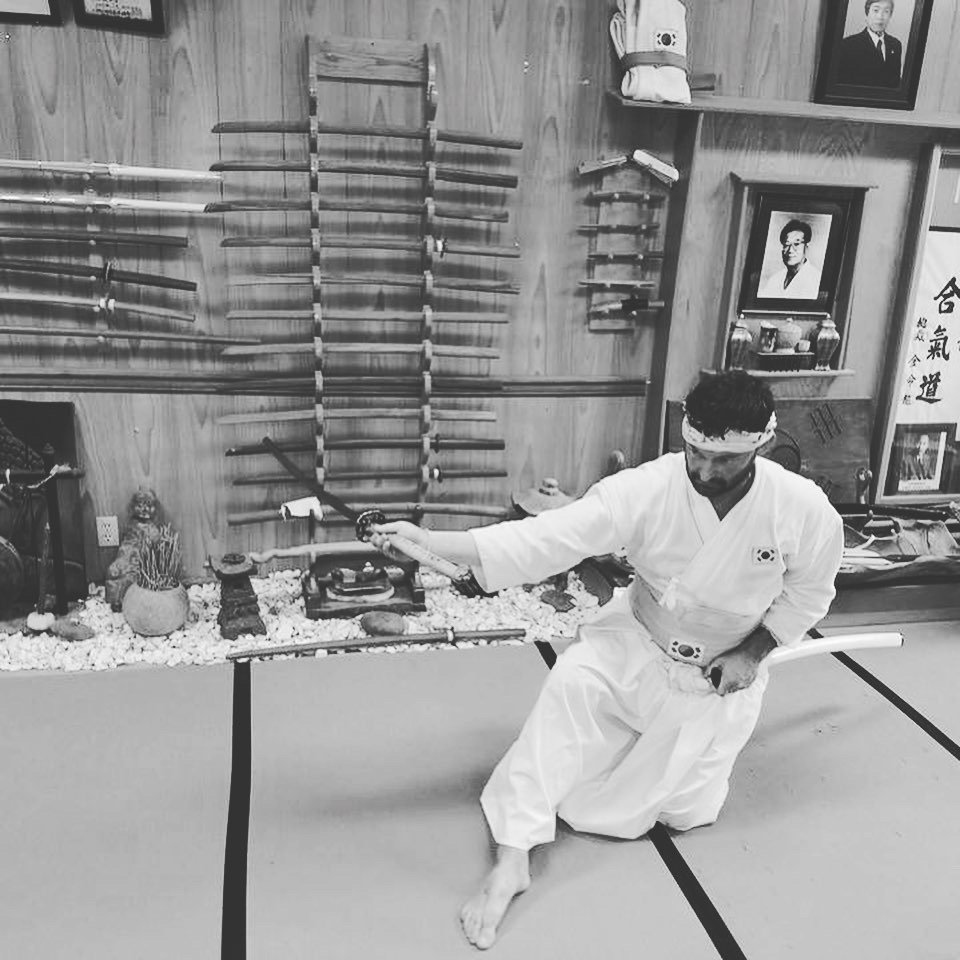
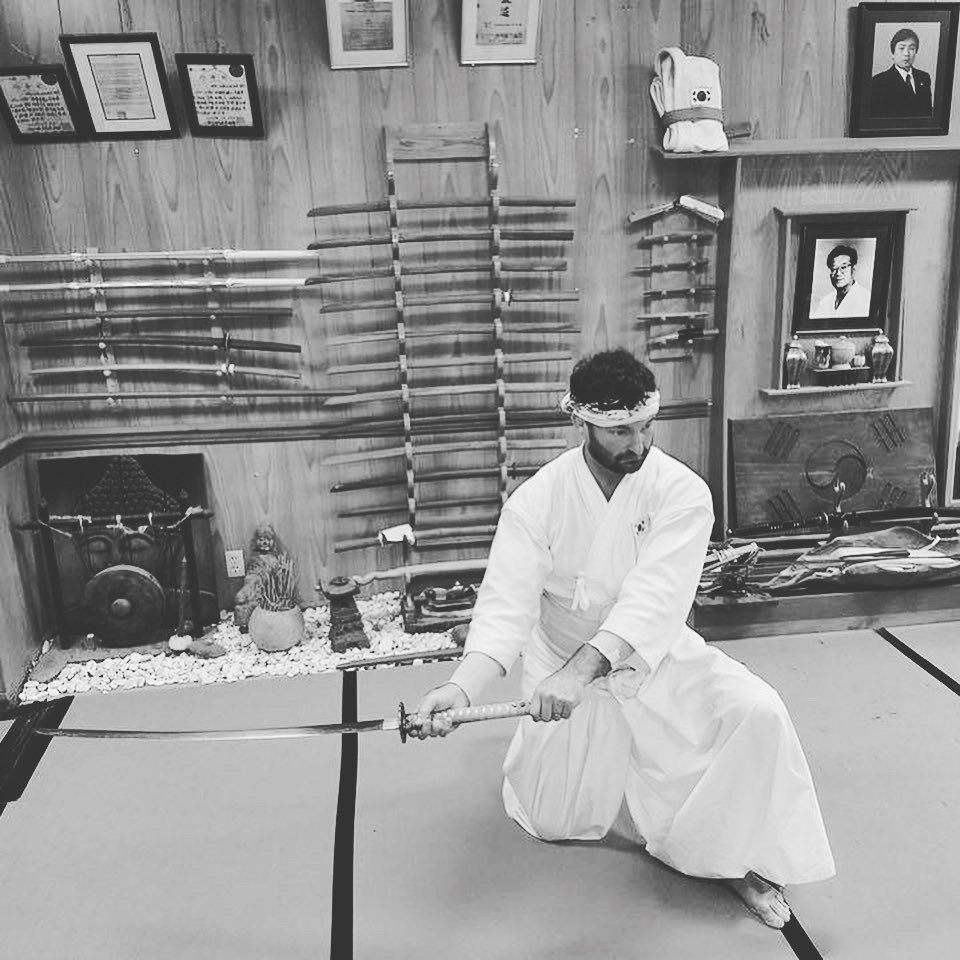

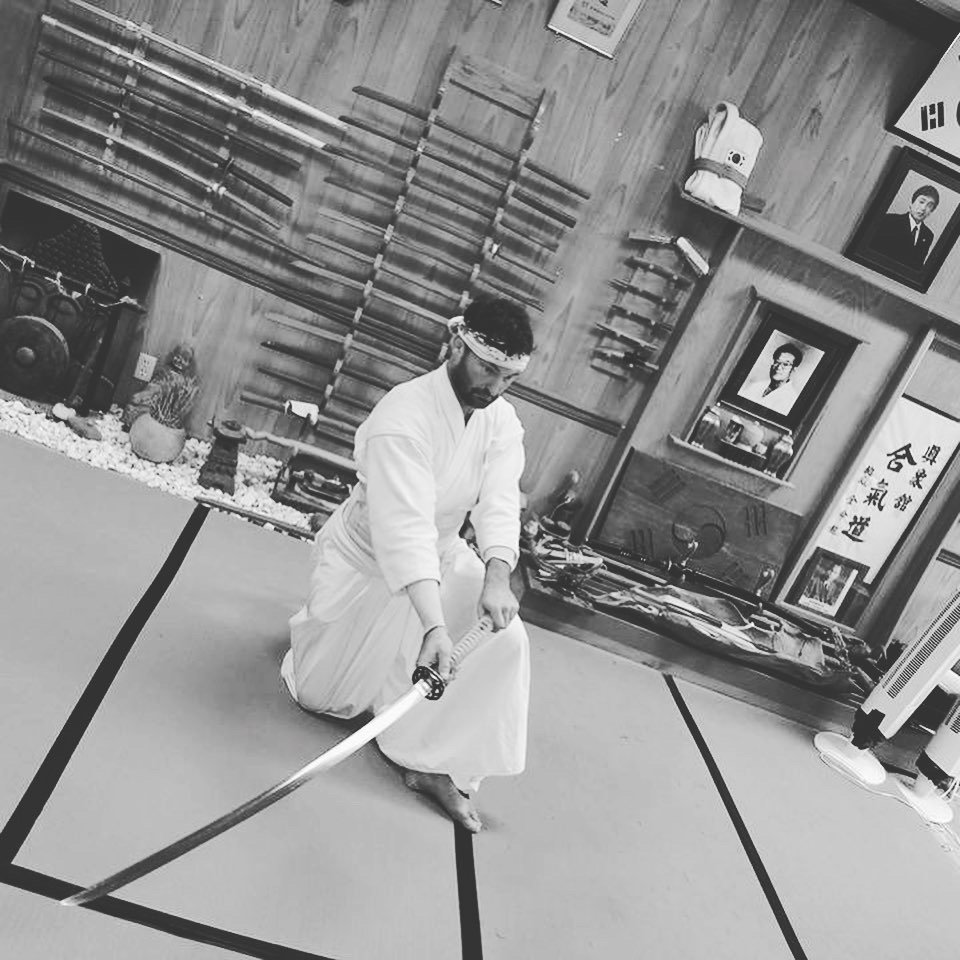
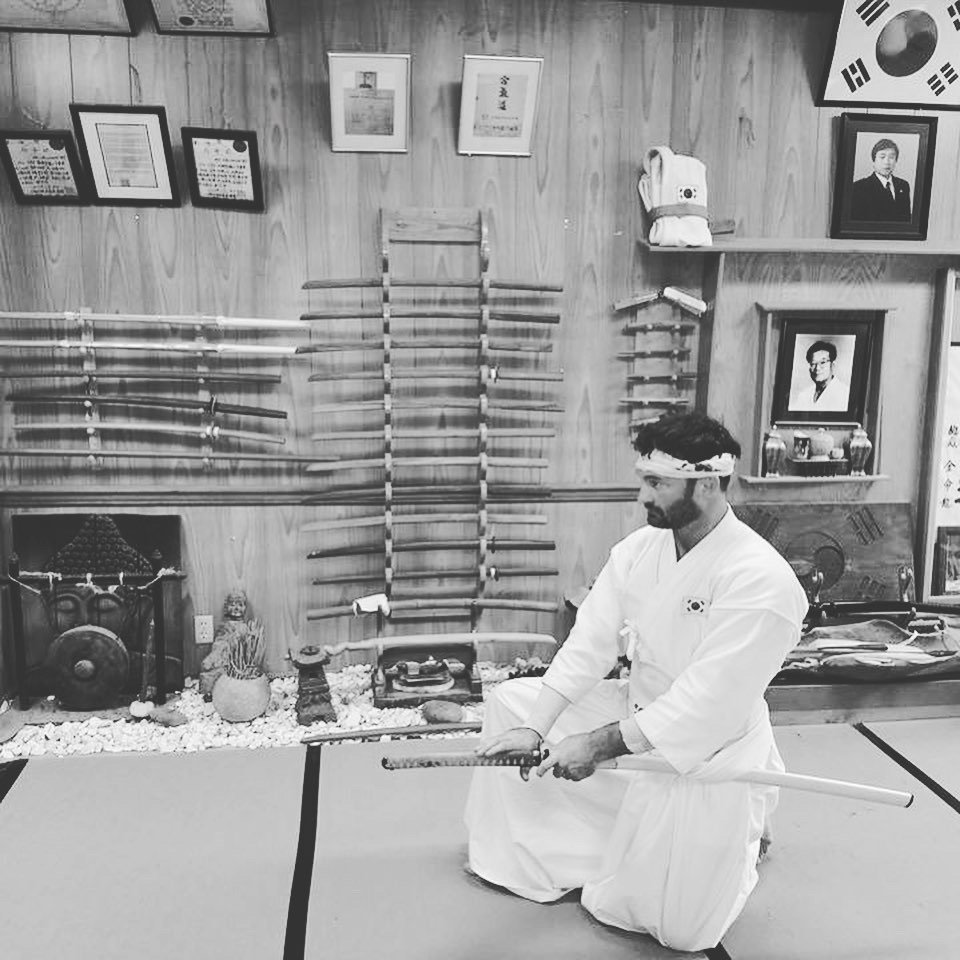
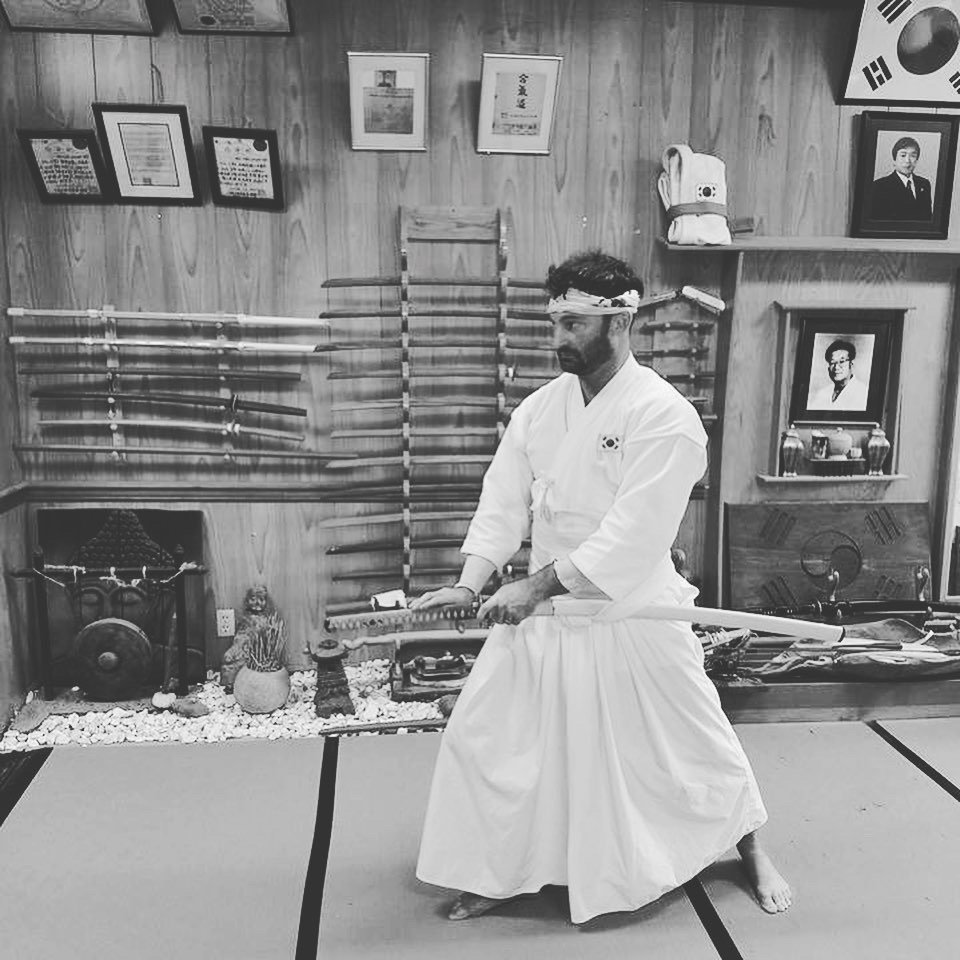
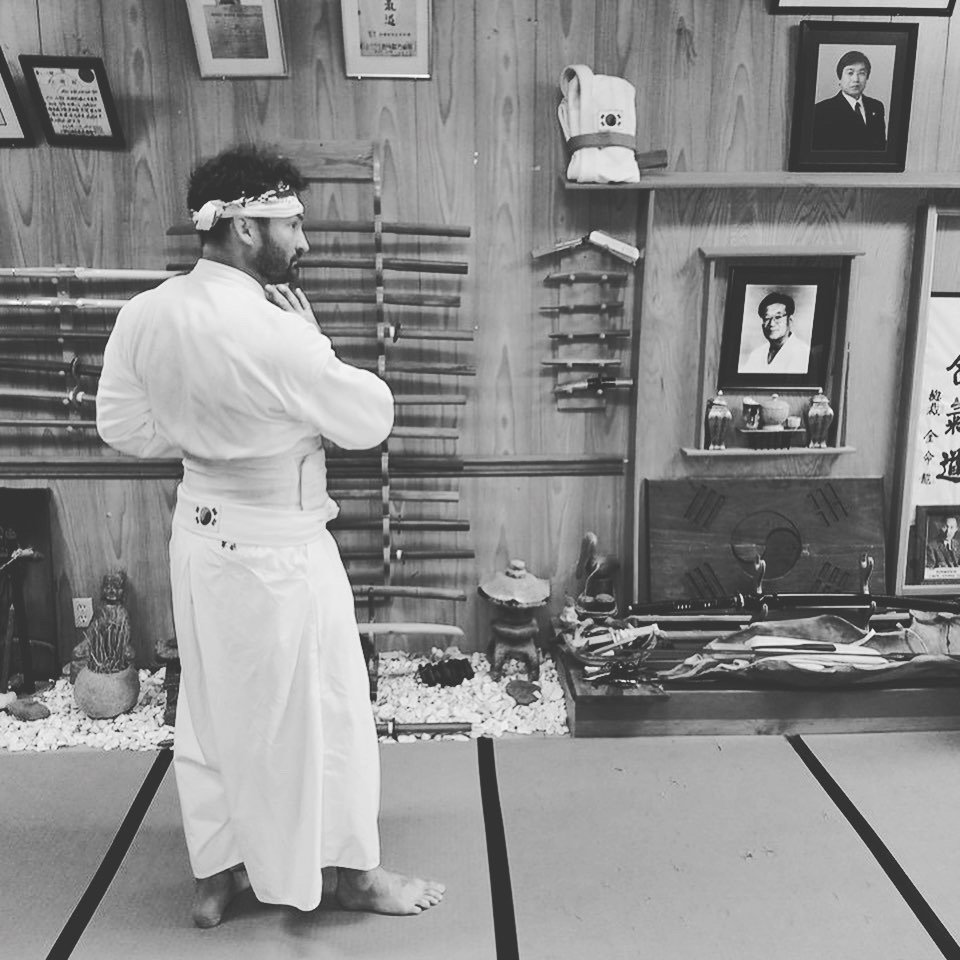
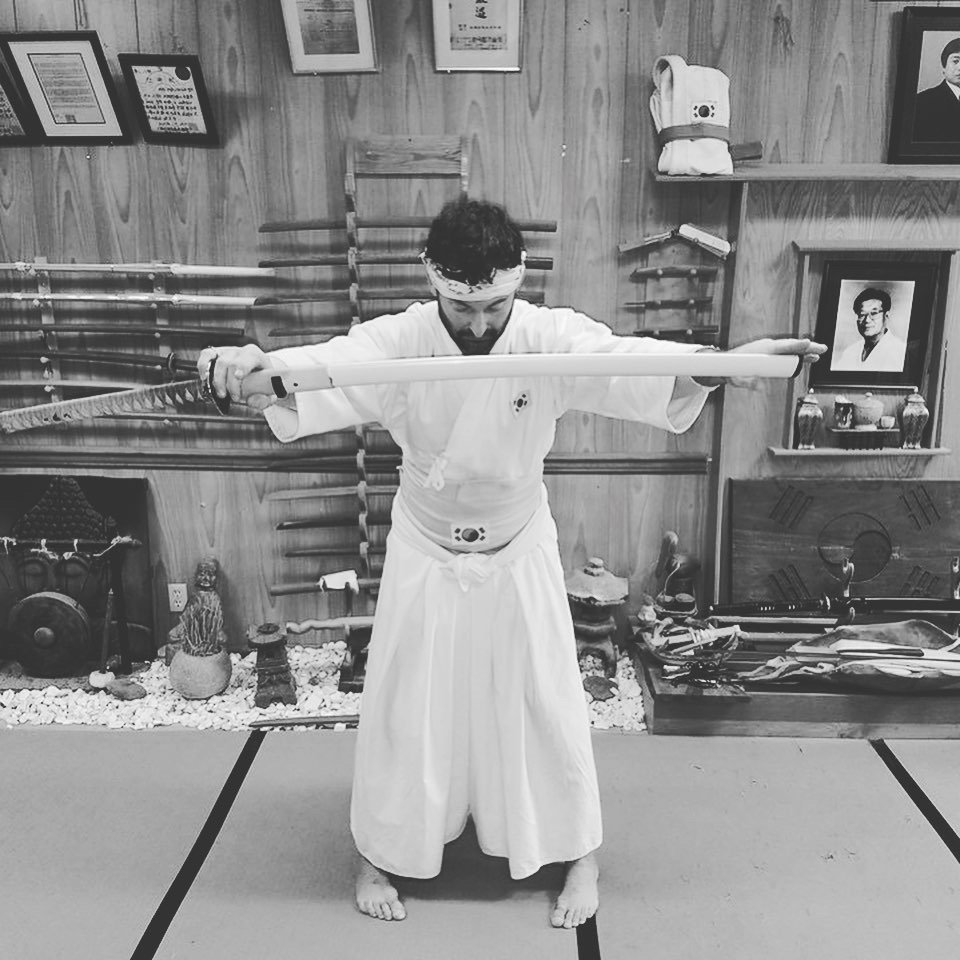
This older approach is extremely beneficial because it gives a fuller context. This is done in a way that is safe to practice with partners.
After the body has learned these reflexes and techniques, there is also a broader mental and emotional focus that starts to emerge.
At the end of the day, studying in this context can become the foundation for a spiritual philosophy of harmony and self development.
The only real enemy becomes the ego, the only real attacker becomes the lower nature of one's own self, which must have its passions subdued, and must learn to regulate itself.
Sword Arts in Nashville: Kendo, Fencing, and HEMA
In Nashville, TN, there are several schools that offer instruction in various styles, from kendo and foil, to other traditional and sport-based arts. Depending on what you’re looking for, you can find a handful of interesting options: there's Historical European martial arts (HEMA), Nashville Kendo Club, and the Nashville Academy of Fencing, among others.
Sports and Physical Fitness
The benefits of sport styles are vast. They're fun, they build strength, and they create reflexes and technical skills that can make someone more dangerous and powerful.
The goal of winning friendly competitions is noble, and the skills can also be transferred to self defense and combative situations, as well as other sports.
But it wasn't always like this...
The old masters, on all continents, came from military traditions that had at their core a constant awareness of the black and white nature of life and death, in an instant.
You either cut, or get cut. And if you lose your sword in the chaos of battle, you have to keep the fight going with your hands.
A Brief History of Sword Fighting
Fighting with swords is an ancient practice that has been central to the success of many cultures for centuries. It is a discipline that requires not only great physical skill, but also mental strength and concentration at all skill levels.
Historical European Martial Arts
Sword arts in Europe have a long and rich tradition, dating back to the days of the Roman Empire. It was a popular pastime among the nobility and was often used as a way to settle disputes between noble families.
As time went on, these practices became more formalized and schools began to teach it as an art form.
Historical European martial arts have a lot of the same kinds of strikes, kicks, joint locks, and breaks, as Asian styles, but much of this has been forgotten.
Master Filippo Vadi was famous for writing a treatise on the subject in the late 1400s. In it, he discusses various techniques and strategies. Vadi also touches on the importance of mental focus and concentration, which are essential for any swordsman or swordswoman. The treatise is called "De Arte Gladiatoria Dimicandi" and is available to read online for free.
Chinese Sword Fighting
Sword fighting in China dates back to the days of the Zhou Dynasty. Chinese styles are known for acrobatic and flashy techniques, which were often used to entertain crowds at festivals and fairs.
In addition to being a form of entertainment, they were also seen as a way to build one's strength, agility, and martial prowess.
The most popular Chinese style is jian wushu, which translates to "sword martial arts". This style focuses on the use of the jian, a double-edged straight blade that is used in a number of different ways.
Japanese Sword Fighting
Sword fighting in Japan is closely intertwined with the country's Samurai class. Japanese fencing (Kendo) was originally developed in the early 18th century in the Shotoku era as a way to train Samurai in the art of combat.
It also served as a means of social interaction among the nobility. Kendo remains popular in Japan today and is practiced by people of all ages and backgrounds.
The most important piece of equipment in Kendo is the shinai, a bamboo sword that is used to strike one's opponents. The shinai is used in conjunction with armor, which protects the head, wrists, and abdomen.
Indian Sword Fighting
Sword fighting in India has a pronounced religious and spiritual aspect to it, more so than in many other countries. For many Indians, it's not just about physical prowess but also about mental and spiritual discipline.
It was often used as a way to settle disputes between families or communities and was seen as a way to achieve inner peace.
The most popular style of Indian sword fighting is known as kalaripayattu. This style focuses on the use of the katar, a curved dagger that is used in a number of different ways.
Korean Sword Fighting
Sword fighting in Korea has similarities to other countries in East Asia. Korean fencing (Kumdo) was used as a way to train soldiers and also was popular among the elite.
In addition to being a sport, Kumdo was also seen as a way to develop one's strength, agility, and martial prowess.
Like Kendo, Kumdo training often focuses on kata. In addition to kata, Kumdo practitioners also train in solo and partner drills. Solo drills help with technique and partner drills help with timing, distance, and flow.
Nashville Training Options
If you're interested in learning more about the art of the sword in Nashville, first ask yourself what you're looking for.
When I was first asked this question, my answer was "Martial Arts Training". Over time, I realized that studying the blade is an incredibly efficient path to the point within the center.
For a musical analogy, it's like learning music theory and suddenly having the ability to see all the patterns of music clearly, like a composer.
What Are You Looking For?
Are you looking for in-person lessons or distance learning? Are you looking for a sport, a hobby, a cool way to work out, a traditional classical style, or a living system of martial arts philosophy?
Or, are you looking for a way to sharpen your technique in other areas?
If you're looking for a way to put all these different things together in one package, sign up for a trial lesson at Executive Martial Arts this week.



